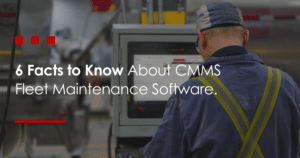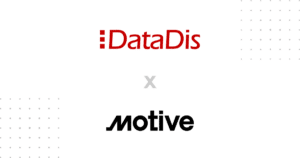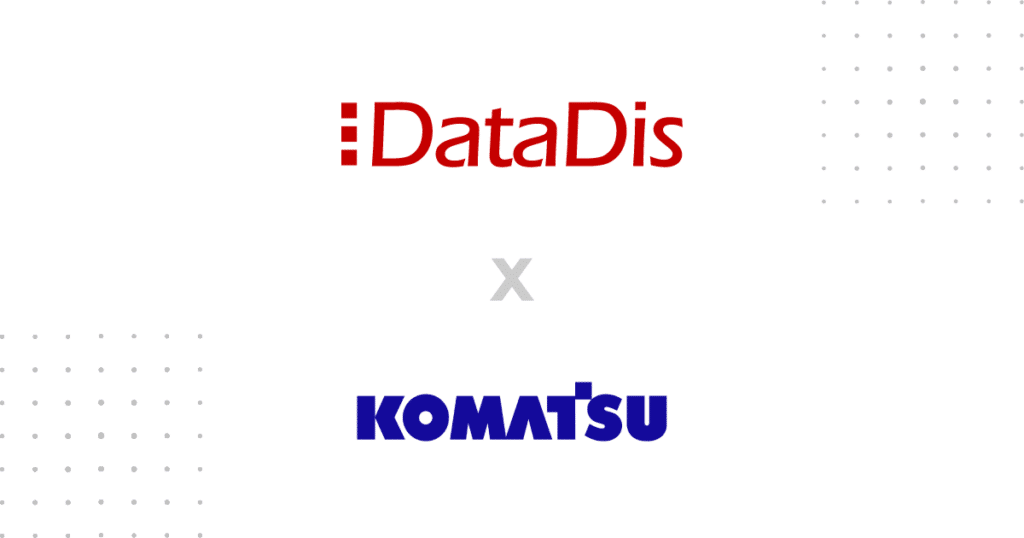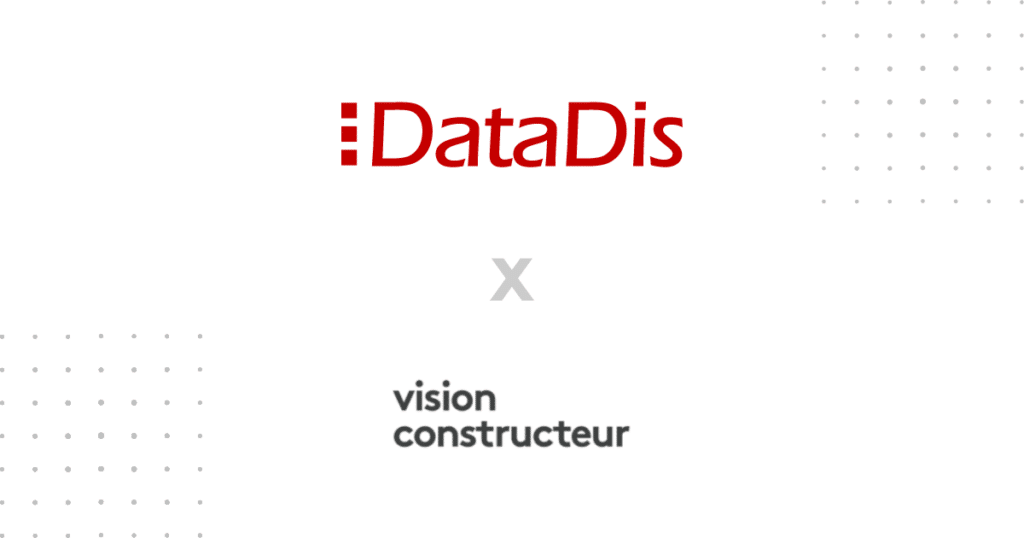Maintenance audits can be considered time-consuming for a fleet manager of heavy vehicles and equipment. Still, they can significantly benefit your organization when you are well prepared. Indeed, inspection is crucial to ensure that maintenance management tools are used most effectively and efficiently. In this article, you’ll learn how maintenance audits help ensure fleets are safer, well maintained, and profitable over time.
What is a Maintenance Audit?
A maintenance audit methodically examines an organization’s maintenance-related records, activities, and operations. It assesses how well the process is followed, identifies potential problems and suggests corrective actions. It is carried out by an auditor who must examine the organization’s maintenance program’s effectiveness, safety, compliance and efficiency.
As a fleet or heavy equipment maintenance manager, you know the importance of rigorous maintenance processes. But do you ever find yourself stepping back and wondering if everything is going as well as planned? This is where maintenance audits come in. Regular monitoring can help you better understand your current situation, spot discrepancies, and ensure that all necessary processes are carried out correctly.
The Two Types of Maintenance Audits
There are two types of maintenance audits: internal and external audits. The first is carried out by your team to check the process’s proper functioning within the organization and find areas for improvement. The frequency is not imposed on you but must be determined by your maintenance team to avoid oversights.
The second type is external audit; this type is more rigid and carried out by a third-party auditor who checks whether all the rules and regulations have been followed correctly. In Quebec, the Société de l’assurance automobile du Québec (SAAQ) is responsible for transport regulations and performs periodic inspections to ensure that heavy vehicles and equipment meet specific safety and environmental standards. The SAAQ also conducts audits to assess commercial fleet maintenance practices and procedures. The regulations stipulate that to obtain an inspection sticker attesting to the safety of a heavy vehicle, you must have the unit in question mechanically inspected every six or twelve months, depending on the type of vehicle. However, avoiding these mandatory mechanical checks is possible by adhering to the Preventive Maintenance Program (PMP), which allows you to perform these checks internally by following the established protocol. A good maintenance management software like MIR-RT is ideal for managing your PMPs simply and efficiently thanks to its many features designed to comply with this regulation and government files commonly updated within the software.
The principle is similar in Ontario, where the Ministry of Transportation (MTO) is responsible for performing periodic inspections of heavy vehicles and equipment and audits to assess commercial fleets’ maintenance practices. Finally, companies can hire third-party auditors to conduct maintenance audits of their fleets and equipment to ensure they comply with established standards and regulations. These are not affiliated with any government agency and do not issue fines since they work for the company that hired them.
What Elements Are Assessed During a Maintenance Audit?
An external maintenance auditor typically inspects several items during a maintenance audit, some of which may include:
Maintenance Processes and Procedures
The auditor will verify that maintenance processes and procedures are clearly defined, documented, tracked and adequately communicated to maintenance personnel. They will also look for weaknesses or gaps in the maintenance process and make recommendations for improvement. If you have maintenance management software, the person in charge of auditing your company will ask you to prove your knowledge of the software. Fortunately, such a system significantly increases your chances of passing this inspection with flying colours.
Preventive Maintenance Program
If you have signed up, the auditor will also evaluate the Preventive Maintenance Program (PMP) for each type of vehicle and verify if preventive maintenance tasks are performed promptly and efficiently. He will also ensure that the repairs are adequate and that the preventive maintenance schedule is current.
Corrective Maintenance
The inspector will examine whether the corrective maintenance is practical, well documented and correctly prioritized. In addition, they will assess the accuracy of work order reports and other relevant maintenance reports, including maintenance cost tracking and inventory control.
Technician Training
The auditor will verify that mechanical maintenance personnel are adequately trained, qualified and certified for the type of work and equipment they are handling. They will also review each technician’s career and identify additional training needs to improve technical proficiency. Their knowledge of maintenance software will also be observed if you use one.
Safety and Compliance
The inspector will ensure that the vehicles comply with local, state and federal regulations. They will also assess whether the organization has implemented appropriate security procedures and practices to ensure workplace safety.
Parts Inventory Management
The auditor will assess whether parts inventory management is efficient, well organized and adequately stocked. Tracking stock rotation and parts usage will also be analyzed. Quantity imbalances in inventory management are also elements that can be verified during this process.
Communication, Reporting and Feedback
Where applicable, the auditor will review communication channels and reporting systems, including communication between maintenance personnel, dispatch and drivers. He will also assess the feedback process for employee suggestions, customer complaints, and other relevant comments.
Overall, a maintenance auditor will review several aspects of the maintenance program, from preventive maintenance to technician training, and evaluate the effectiveness of these processes. The aim is to identify gaps, suggest areas for improvement and ensure fleet maintenance is efficient, safe and in compliance with regulatory guidelines. You will understand that maintenance management software like MIR-RT will significantly simplify your life during such an audit by allowing you to gather all the requested information in a few clicks.
4 Ways External Maintenance Audits Can Benefit Your Organization
1- New Perspective
If you rely solely on internal audits, it can be easy to fall into the vicious circle of “the way we’ve always done things.” However, external maintenance audits bring new and industry-leading insights that can challenge current policies and procedures. This can ultimately increase efficiency and effectiveness, leading to better performance and cost savings.
2- Industry Best Practices
Maintaining a fleet can be difficult, especially in the ever-changing industry. External maintenance auditors have a vast knowledge of best practices and industry standards that can improve the overall performance of your fleet. Staying open-minded to their feedback will help you reduce costs, minimize downtime, and improve safety and regulatory compliance.
3- Compliance Standards
Of course, every business must comply with local, federal and industry regulations. However, the preparation process that leads to an external maintenance audit, proposed in this article, can help you verify your compliance before the auditor even sets foot in your establishment. This reduces the risk of fines or legal violations resulting from non-compliance with your maintenance processes. Ultimately, an external audit ensures that you follow acceptable guidelines and helps you avoid breakdowns that lead to downtime and costly repairs to be carried out externally
4- Continuous Improvement
Finally, maintenance inspections catalyze continuous improvement. They provide valuable insight into the strengths and weaknesses of your fleet and can inform future maintenance strategies. Through external audits, you can develop a culture of excellence and improvement that positively impacts your fleet’s and your team’s performance.
In conclusion, fleet maintenance managers shouldn’t avoid external maintenance audits. These audits provide a fresh perspective and insight into industry best practices and ensure regulatory compliance. Plus, they drive continuous improvement that maximizes your fleet utilization, cost savings, and long-term success.
5 Steps to Easily Pass Your Next Maintenance Audit as a Fleet Manager
As a fleet and heavy equipment maintenance manager, here are some steps to properly prepare for a maintenance inspection by an external auditor:
1- Review Audit Requirements
Carefully review the external auditor’s inspection requirements, including safety and compliance standards, policies, procedures, and regulations. Understanding the reasons for the audit, if they are specified, the required documentation and how it works will also help you answer the inspector’s questions.
2- Prepare Maintenance Records
Ensure that all maintenance records are current, accurate and complete. Records should include preventative maintenance schedules, repair history, work orders, maintenance and inspection reports, and other related documents such as registrations. Be sure to organize and categorize records logically. To achieve this quickly, the use of maintenance software is highly recommended. It demonstrates your organization to the external auditor, who will not have to search various paper files to find the information sought.
3- Identify Potential Gaps
Perform a pre-analysis of potential gaps to identify areas that may not meet audit requirements. Once this exercise has been completed, develop an action plan to mitigate any issues identified and correct these deficiencies before the verification day. It will help reduce negative points identified by the auditor and demonstrate to them that you are in control and aware of your maintenance processes. This step is crucial to improving your overall inspection score.
4- Train Staff
Ensure that all relevant personnel understand the audit requirements, including the importance of good maintenance record keeping and safety compliance. It can be beneficial to organize quick training sessions to ensure all team members are comfortable with maintenance processes, including maintenance management software. It will also increase the level of confidence of your employees, improve their performance and ensure that they are on the same wavelength as their ways of doing things.
5- Prepare for the Audit
Verify the accuracy of all your documents and records and their accessibility. Also, ensure that any equipment or parts that require maintenance are repaired before the audit. Finally, ensure all necessary personnel and resources are available during the inspection.
Conclusion
In short, although being audited requires preparation work and time that we do not always have, this process truly benefits an organization. It can be simplified using complete and adapted to your reality maintenance software. With its many features allowing you to extract reports on your mechanical maintenance and maintenance processes, MIR-RT is the solution to complete your external maintenance audits every time successfully.
Ready to take it to the next level? Request a demo now:














